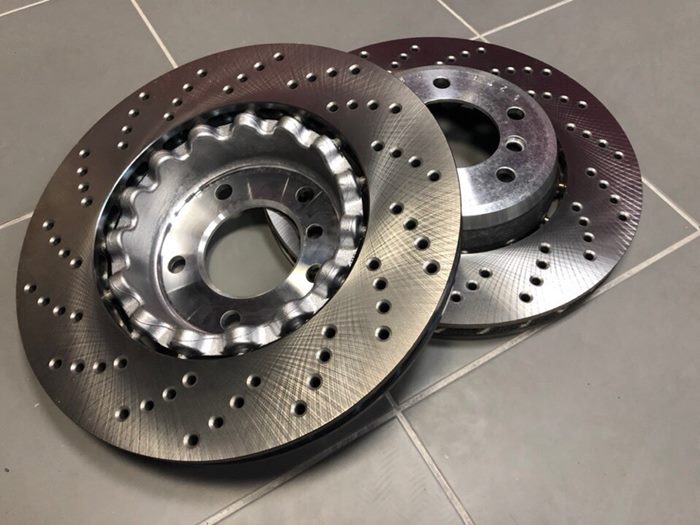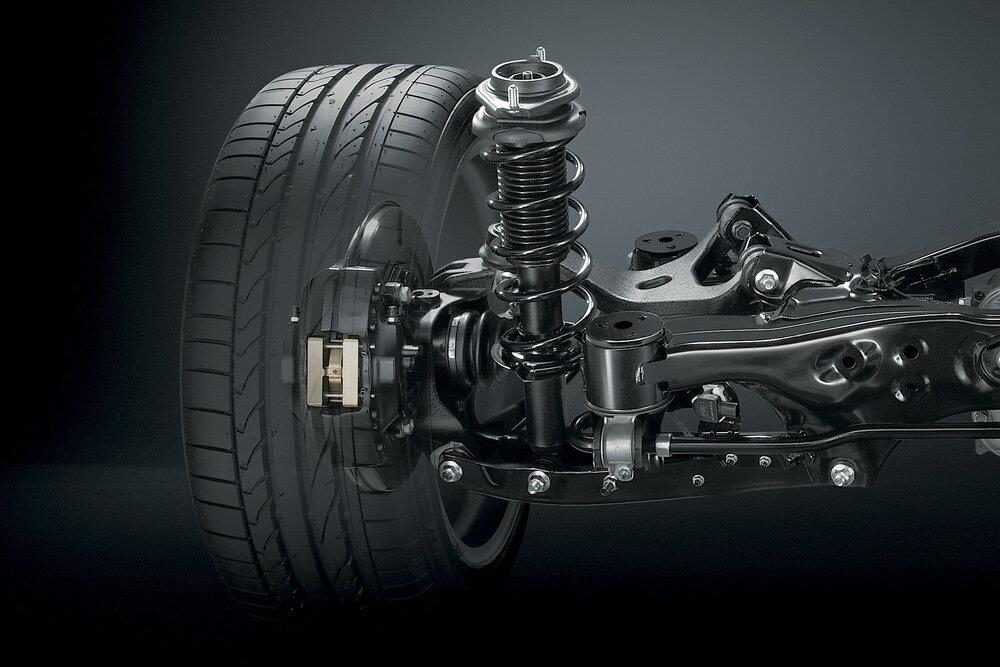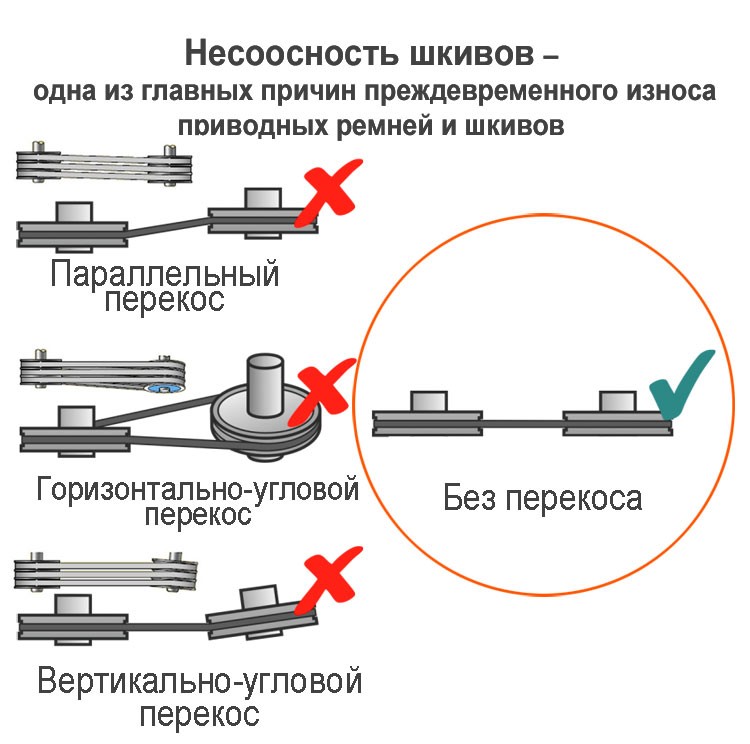
Automobile brake discs - types, operation, breakdowns, replacement and cost
Content
It is generally accepted that disc brakes were invented by Frederick William Lanchester. He was an inventor and engineer responsible for the creation of the first British automobile. Since then, the brake discs have undergone an amazing transformation, but the round shape has been preserved.
Thanks to their developments, it has become possible to create ever faster vehicles that can stop in the blink of an eye. An example is the queen of motorsport, that is, Formula 1. It is there that cars are able to slow down from 100 km / h in 4 seconds at a distance of 17 meters.
What brake discs are available on the market?
Models currently in use can be divided according to the type of material used for production. Which brake discs stand out according to this criterion? These are elements from materials such as:
- cast iron;
- ceramics;
- carbon.
Rather, only the first ones are available to the average user. Why? Replacing brake discs with ceramic ones costs around PLN 30, depending on the car. There is nothing to say about carbon fiber, because these are parts intended only for sports track models.
Brake discs are also classified according to the way they dissipate heat and dirt. There are models:
- full;
- ventilated;
- made
- drilled;
- perforated.
If you want to put a certain type of discs on the hub of your car, you must also choose brake pads with the appropriate properties.
How often do you need to change the brake discs in your car?
The frequency of replacement of brake discs is not predetermined. Why? Because they wear out not only in proportion to the distance traveled, but also adequately to the driving style of the driver. They may also need to be replaced due to damage caused by sand or small pebbles. You wear out brake discs faster in a city where you have to brake or stop a lot. However, another criterion can be used to determine the right time to replace disks. According to him, brake discs should be changed every 2-3 pad changes.
There is also a way to check if the brake discs are suitable for replacement. You can measure them. The allowable loss of material on each side of the blade is 1 mm. Therefore, if the new element is 19 mm thick, the minimum value will be 17 mm. Use a caliper to measure as this will be the most reliable. If your discs have hole marks, this can be identified by signs of wear. So when should you change your brake discs? When their thickness falls below the minimum or is within its limits.
Or maybe the temptation to roll the brake discs?
This is one of the available options. However, it must be borne in mind that turning the brake discs will not work if their linings are badly worn. Removing another layer will only make matters worse.
Of course, there are situations when such a process is justified. If you notice that a few small pebbles have fallen between the disc and pads and the brakes are damaged, rolling makes sense. In this situation, minimal grooves form on the discs. They reduce the friction force, as a result of which the braking process is weakened. The same goes for pads that need to be reground or replaced. Remember that the minimum thickness of the brake disc is 1mm loss per side.
Is the thickness of the brake discs really that important?
Since the disc loses so little material during use, does it really need to be replaced? Is the thickness of the brake discs really that important? Many drivers come to the conclusion that there is no need to buy new components, because the old disks are still thick and intact. Remember, however, that brake discs operate at very high temperatures and their thickness is critical to durability. During hard braking and hard deceleration, discs that are too thin can be bent or permanently damaged.
Hot brake discs - is this normal?
If you have just returned from a city trip, then it is obvious that the discs have become hot. After all, they have friction at high speeds. However, is it normal for hot rims to be felt after a short ride? If they are accompanied by poor vehicle dynamics, this may mean that the pistons do not go back into the caliper after braking. Then you will need to regenerate the clamps, which is not too expensive and can solve the problem.
Some might think that a good way to ventilate the system is to remove the anchor shield. Do you need a brake disc cover? Of course, because it prevents water from getting on the brakes and prevents a lot of dust and dirt from getting into them.
How to drive so that the brake discs last longer?
It is best to move smoothly, without large changes in speed. Why? Because then you won't have to use the brakes as often. In the city, brake discs are subject to greater wear, so driving style in agglomerations is of particular importance. Also remember to avoid running into puddles full of water. Such a bath can cause the discs to cool immediately and deform.
Brake discs may need to be replaced if you like to develop high speeds and brake hard. Sudden deceleration can cause the blade to deform, especially if it is already worn out. Then you will feel an unpleasant “twist” of the steering wheel with every braking. Therefore, it is better to save the brakes and not overstrain them.

